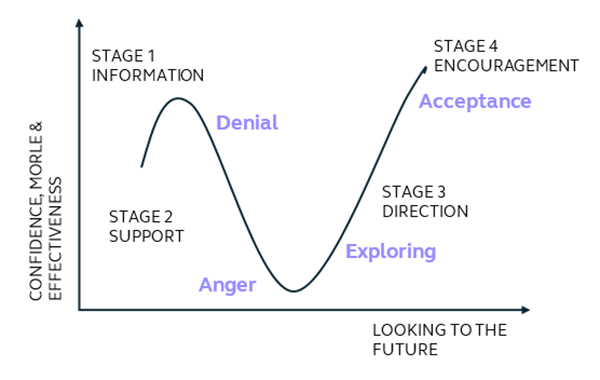Why a change in job means your future starts now
Your redundancy and career support hub
Healthy Living > Community > Redundancy and Career Support Hub > Understanding change and taking the first step towards your future

You're in article 1 of our 5-part series, read the others here:

2. Your guide to personal branding
- What is a personal brand and why do you need one?
- How do you create your own personal brand?
- Creating your CV

3. Develop your social media presence
- What type of information to put on social media
- The role of the profile picture
- Using your connections

4. Enhance your skills
- SMART objectives and how to apply them
- Three resources to help learn new skills

5. Let the job search begin
- How to find a role for you
- Things to consider when applying for jobs
- Interview tips from an expert
This material may contain links to other websites operated by third parties. It is the responsibility of third parties to ensure such material and websites comply with all relevant laws and regulations. To the maximum extent permissible by law Simplyhealth disclaims all responsibility for such websites.